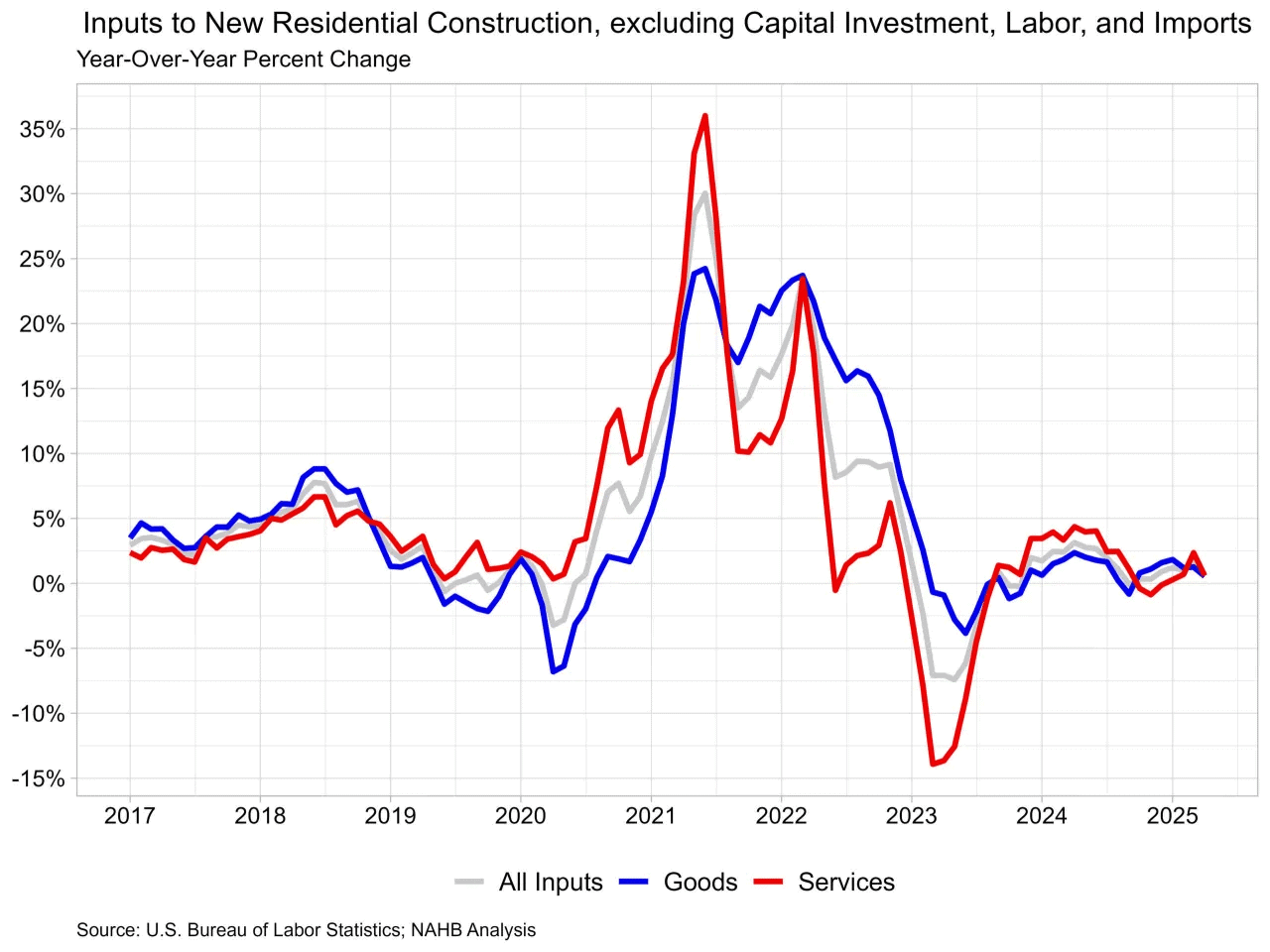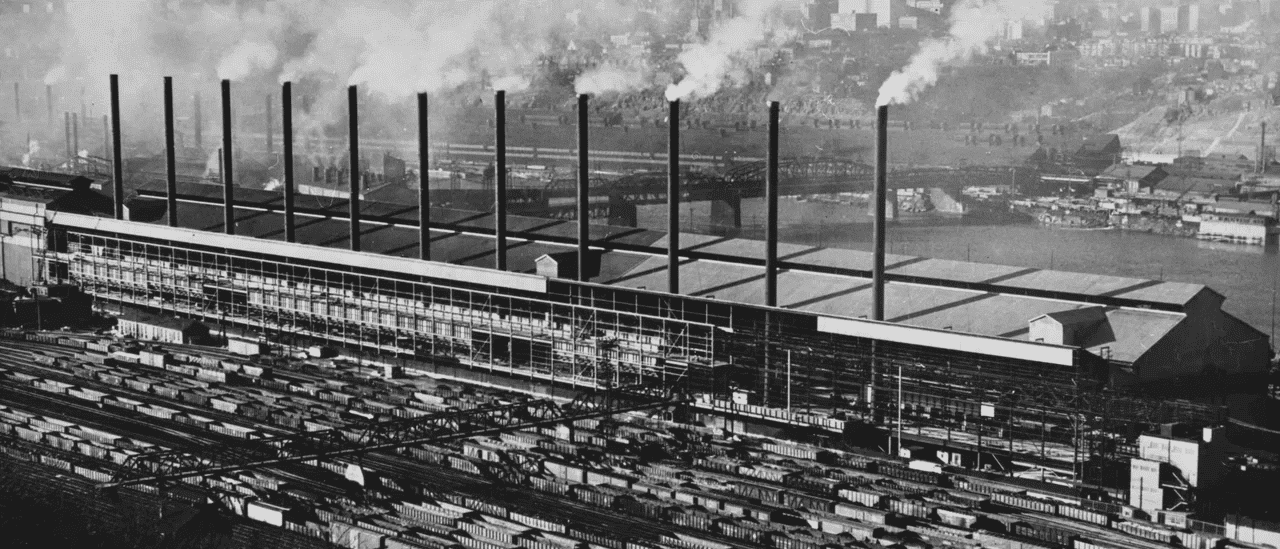
A sheet metal fabricator works with a variety of materials to create products that are used in various industries. They have a wide range of duties that include reading blueprints, operating machinery, assembling components and ensuring that all welding is done according to industry standards.
Punching is the process of using a machine to punch holes into a metal sheet. It can also be referred to as blanking.
Cutting
Sheet metal fabrication helps create durable and sturdy components for various applications. It is also ideal for prototyping and testing, as it offers a quick turnaround. The process also reduces waste and saves on costs. Additionally, it is highly customizable and has a great aesthetic appeal.
There are a few different types of cutting that sheet metal fabricators use, including shearing, punching, and blanking. These processes help to create precise cuts in the sheet metal. This makes it easier for the other forming and welding processes to take place. These are usually the first steps in a fabrication project, so it is important that they are done accurately.
Other techniques used in this process include curling and hemming. Curling removes sharp untreated edges and is effective for strengthening parts. Hemming is a similar process that folds the edge of a piece to create a hem.
Sheet metal fabrication is a complex process that requires extensive knowledge of various materials and tools. Fabricators must be able to read and interpret blueprints, technical drawings, and specifications. They must also be able to perform a variety of tasks, including cutting, bending, and welding. In addition, they must have good dexterity and be able to work well with others on the shop floor. They must also be aware of all industry safety standards and regulations.
Bending
Bending is a common metal fabrication process that involves manipulating flat sheets of steel, aluminum, brass, or other materials to obtain new shapes. The most important step in this process is determining the correct force and angle to apply to the sheet. Using the wrong force or angle can cause the sheet to deform and lose its desired shape. It is also crucial to choose a suitable bending machine and tools for the job.
There are several different bending methods, including wipe bending, roll bending, and V-bending. Wipe bending uses a mechanical advantage to create bends with minimal force, while roll bending is best for creating curved parts that require complex curves. V-bending combines punch and dies to produce a specific angle and shape by compressing the sheet of metal between them.
When bending metal, it is important to ensure that the bending radius is perpendicular to its grain direction. This will help prevent cracking and breakage of the metal. In addition, a proper gap should be maintained to avoid interference between the bending edges.
Another common problem encountered during bending is springback. This occurs when the metal tries to return to its original shape once the bending pressure is removed. To avoid this, a fabricator must predict the amount of springback and adjust the bending angles accordingly.
Welding
Sheet metal fabrication is a multi-skilled profession that combines reading blue prints, cutting, bending and welding to create a range of products, parts and projects to specific design requirements. Fabricators use a variety of machinery and tools like shears, rollers, flame cutters, drill presses and laser cutting machines to cut and bend metal.
The bending process involves curving and shaping the metal into its final form using a machine or by hand, depending on the project’s requirements. This step is very important as it allows the fabrication of complex shapes and angles that are not possible with cutting alone.
Another forming method is punching, where holes are created by placing the sheet metal between a punch and die. This creates more precise holes than cutting alone, but the pieces of metal that are punched out become scrap.
In welding, the fabricator uses various processes including MIG (metal inert gas), TIG, and spot welding to join and connect metal components together. They may also use soldering irons and rivets to secure the assembly.
Performing these tasks requires excellent dexterity and knowledge of the various processes involved in metal fabrication. Fabricators must also be able to work well under pressure and for extended periods of time standing or reaching overhead, especially when working on large industrial machinery. They should be able to maintain a clean and safe working environment and follow all industry safety standards.
Assembly
Once the pieces of a project have been cut, welded and shaped, they need to be assembled together. The most common way of doing this is through mechanical fasteners such as bolts and screws, but in cases where these cannot be used or where weight saving is important, a fabricator will use either welding or adhesive bonding to connect the parts.
The assembly process may not be considered to be a fabrication skill, but it is a crucial part of the overall manufacturing process. The process of assembling metal disparate components into a functional, unified product requires precision and a strong understanding of the overall fabrication process. The assembly process can include the use of punching to make holes and indentations for rivets and pins as well as welding techniques such as arc, MIG, and metal inert gas to join components together.
By choosing a one stop shop that offers a full range of sheet metal fabrication services, you can streamline your production and reduce costs by working with a single vendor from start to finish. This also makes it easier to track quality and avoid delays in the manufacturing process. If a problem does arise, it is much simpler to track down the source of an issue when working with just one vendor. In addition, you can save on shipping and handling costs by using a shop that offers a full range of services in-house.





























